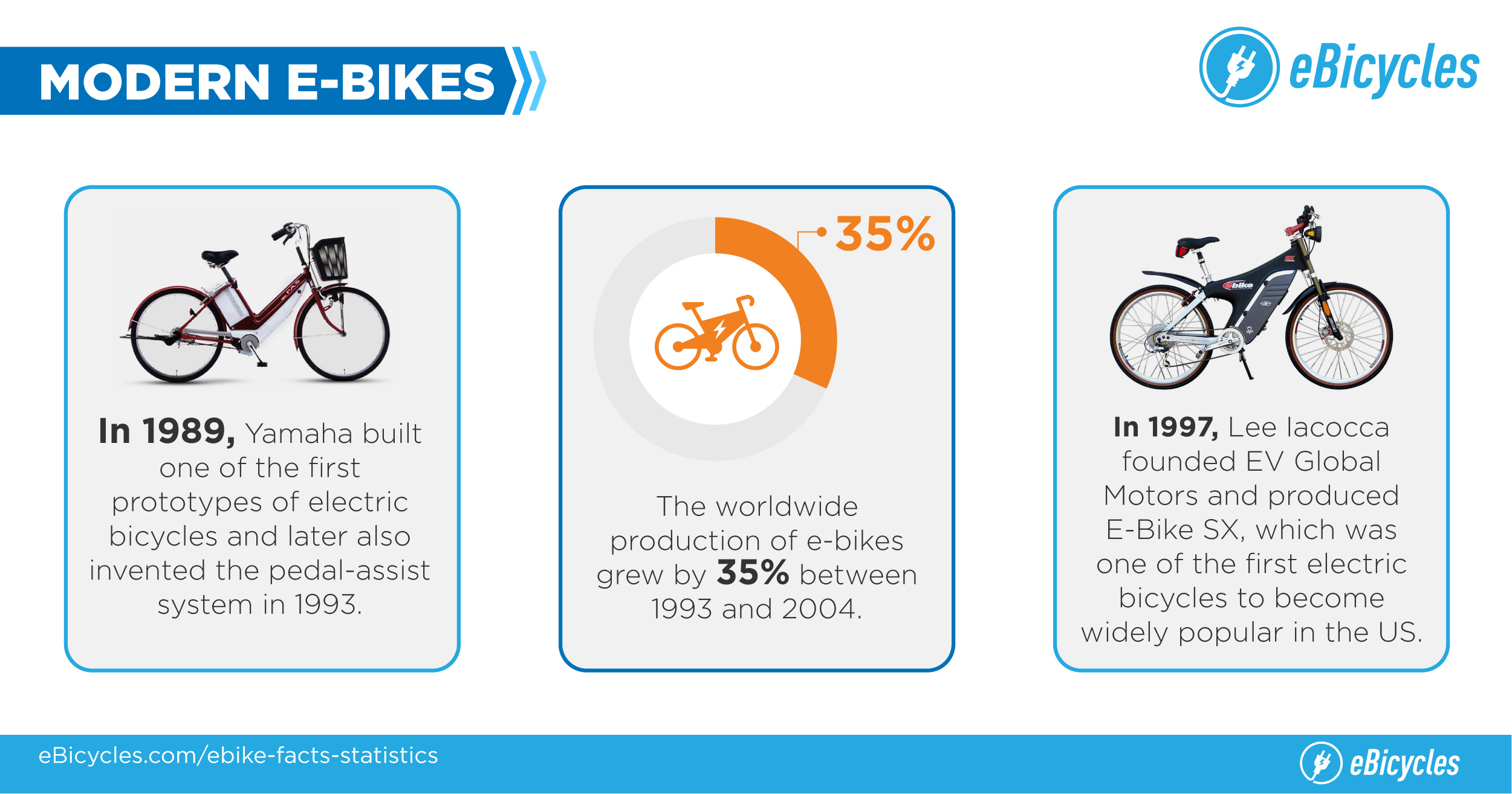An Initial Overview Of E-Bike Legislation And Guidelines In Your City
An Initial Overview Of E-Bike Legislation And Guidelines In Your City
Blog Article
Staff Writer-Goldberg Hebert
Before you get on your e-bike and struck the streets, it's critical to understand the legislations and policies that regulate your city. From rate limitations to designated riding areas, there's a whole lot to think about to ensure you're compliant and risk-free. By acquainting yourself with the guidelines details to e-bikes, you'll be better geared up to appreciate your experiences with no unanticipated legal concerns. Keep tuned to discover key understandings that will help you browse the e-bike landscape in your city effortlessly.
Understanding E-Bike Classification
When it involves navigating the realm of e-bike regulations and laws, an important starting point is understanding the category system that classifies these electric bikes. E-bikes are typically classified into 3 primary groups: Class 1, Course 2, and Class 3.
Course 1 e-bikes are pedal-assist only, meaning they give aid while the biker is pedaling and have a maximum speed of 20 mph. These bikes are admitted areas where traditional bicycles are allowed.
Class 2 e-bikes are equipped with a throttle that can push the bike without pedaling. They additionally have a maximum speed of 20 miles per hour and appropriate for cyclists that might require aid without pedaling constantly.
Course 3 e-bikes resemble Course 1 however with a higher maximum speed of 28 miles per hour. These bikes are typically restricted from particular bike courses or trails because of their higher rates.
Comprehending these categories is important for following regional policies and guaranteeing a safe and enjoyable e-biking experience.
Browsing Speed Restrictions and Constraints
To efficiently navigate e-bike legislations and guidelines, it's essential to recognize the rate restrictions and restrictions that relate to different courses of electrical bicycles.
Rate limits for e-bikes differ depending on the category of the bike. Course 1 e-bikes, which are pedal-assist only and have a maximum speed of 20 miles per hour, are commonly enabled on bike lanes and courses.
Course 2 e-bikes, which have a throttle in addition to pedal-assist and likewise reach speeds of up to 20 miles per hour, might be limited in certain areas where motorized vehicles aren't permitted.
Class 3 e-bikes, with pedal-assist as much as 28 mph, are generally needed to follow the exact same policies as typical bikes.
It is essential to adhere to these rate limitations and restrictions to ensure your safety and the security of others when driving. Before riding your e-bike, acquaint on your own with the particular guidelines in your city to prevent any kind of possible fines or lawful problems.
Where to Adventure Your E-Bike
To figure out where you can ride your e-bike, it's important to recognize the regulations and standards details to your area. In the majority of locations, e-bikes are commonly allowed on roads and roads where typical bicycles are allowed. https://www.pearltrees.com/zugobike might consist of bike lanes, bike paths, and shared roadways. Nevertheless, https://www.mirror.co.uk/money/shopping-deals/amazon-e-bike-black-friday-31442020 to inspect neighborhood legislations as some cities may have certain constraints on where e-bikes can be ridden.
When riding your e-bike, always focus on safety and security by complying with traffic regulations and appreciating pedestrian walkways. Furthermore, bear in mind any type of designated bike lanes or paths in your area and use them whenever feasible to make sure a smoother and more secure experience.
Some cities also have policies regarding e-bike use on walkways, so ensure to familiarize yourself with these policies to avoid any type of penalties or charges.
Final thought
Now that you know with the regulations and regulations bordering e-bikes in your city, you can with confidence hit the trail knowing where you can ride and what constraints apply to your e-bike classification. Remember to constantly prioritize security and comply with the regulations to make sure a smooth and legal experience. Delighted riding!
